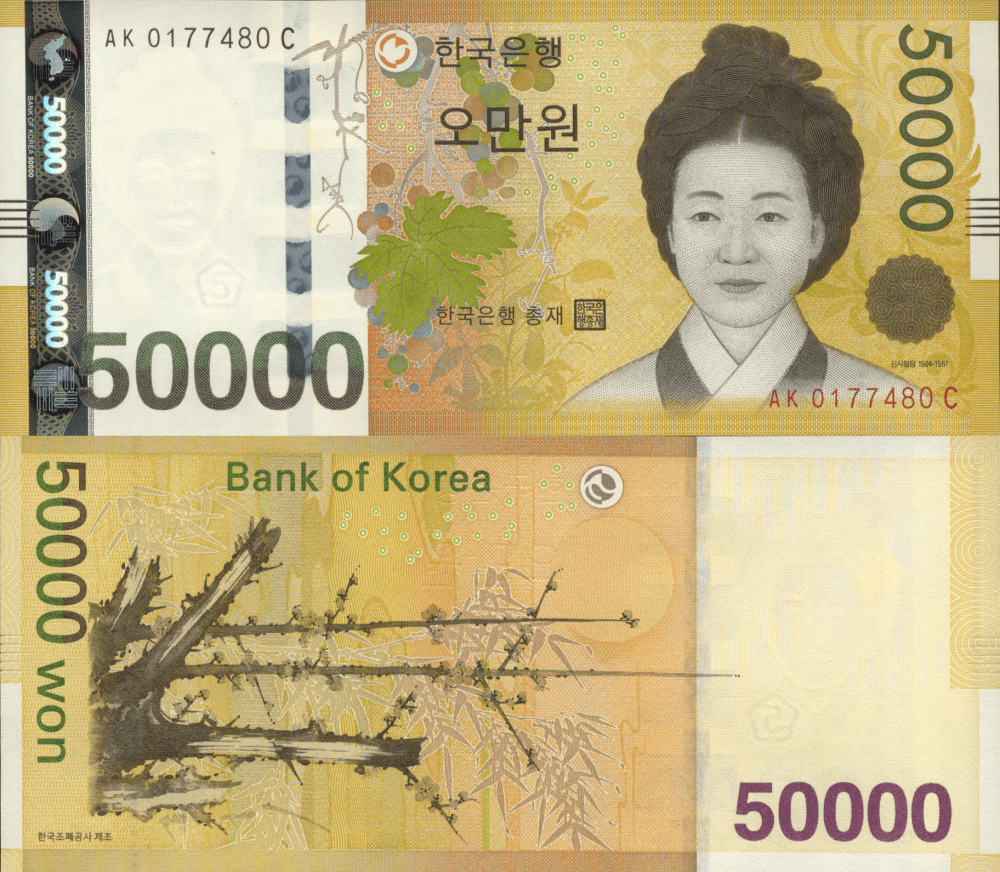I read an article about the 기업 브랜드 (corporate branding) and its significance in contemporary marketing strategies. While I was familiar with the concept of 브랜드 (brand) in Korean, it was my first encounter with 기업 브랜드. Through the article, I gained insight into how it is widely utilized in business discussions to emphasize the importance of building and promoting a company's brand identity. Another term that caught my attention was 브랜드 선호도 (brand preference), indicating consumers' preferences for one brand over others. From this article, I learned that there’s brand hierarchy within the corporate branding which is generally seen in a vertical structure. The corporate brand 기업브랜드 is typically the branding of the company name which is what we are familiar with (Samsung) and following that would be the master brand, (사업 브랜드), family brand (패밀리 브랜드), and modifier. Learning about these marketing-related terms provided me with valuable exposure to specialized vocabulary used in Korean business contexts, enriching my understanding of marketing strategies and enhancing my language skills in the field. This article was definitely harder to read than the normal ones because it was more educational based on learning about what corporate branding was in Korean. I had to ask my language partner and use a translator multiple times as I was reading this article to have a true understanding of what corporate branding was.
To focus more on grammar, we used Yonsei University’s Korean writing textbook. I had to fill in blanks in the sentences with the proper words and was able to find which areas I was lacking in. I kept getting 되 and 돼 mixed up with each other, which are different conjugations of the same verb 되다 which means “to become” or “to be done/ to be completed.” The difference between them is in their usage in different contexts. I learned that 돼 is a contraction of 되어 while 되 is the uncontracted form of 되어 in the present tense. I also learned the proper difference between 한테 vs 에게. Both are often used to indicate the recipient of an action, similar to English’s preposition of “to” or “for.” However, 한테 is typically used in informal settings or when you are speaking. But when writing, it’s important to use the more formal and written language which would be 에게. I noticed that in a lot of my writing, I tend to be more informal with my vocabulary and grammar choices since I tend to speak and listen in Korean more than read and write.
We also talked about the changing entertainment industry in Korea as entertainment has been moving onto YouTube instead of the typical broadcasting shows. We noticed that there would be less new TV shows coming out and more YouTube channels and programs and how this would impact the entertainment industry of Korea.
During our recent Korean lesson, we also talked about what topic I want to focus on for the final cultural presentation. Because my main topic of learning this semester was very business and marketing focused, I decided to focus my presentation on chaebols, which is a large conglomerate or business group in South Korea that is typically owned and controlled by a single family. We both thought this topic would be the best way to wrap up my Korean learning experience this semester.

